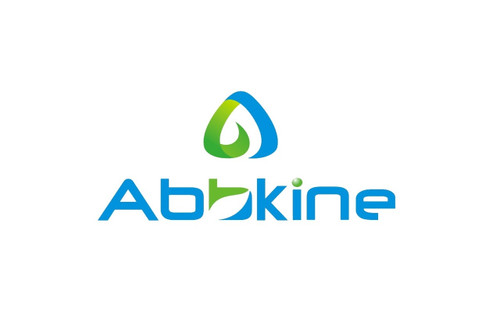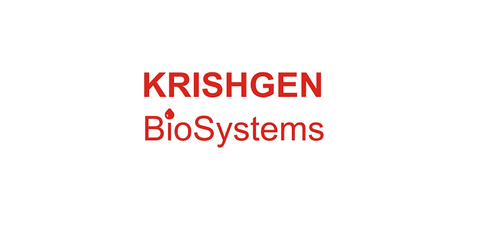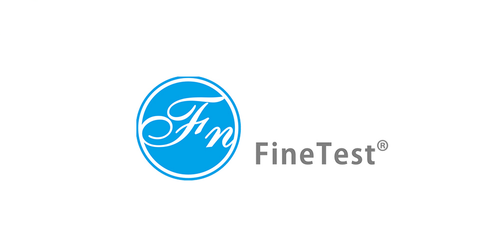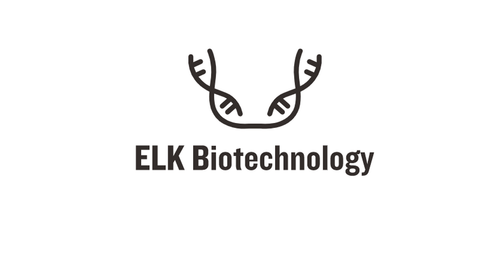Product Description
Human Steroid receptor RNA activator 1 (SRA1) ELISA Kit | AE15143HU | Abebio
Species Reactivity: Human (Homo sapiens)
Abbreviation: SRA1
Alternative Name: MGC87674; SRA; SRAP; STRAA1; pp7684; steriod receptor RNA activator 1|steriod receptor RNA activator protein|steroid receptor RNA activator 1 (complexes with NCOA1) |steroid receptor coactivator
Application: ELISA
Range: 0.312-20 ng/mL
Sensitivity: 0.129 ng/mL
Intra-Assay: ≤5.2%
Inter-Assay: ≤9.3%
Recovery: 1, 01
Sample Type: Serum, Plasma, Other biological fluids
Detection Method: Sandwich
Analysis Method : Quantitive
Test Principale: This assay employs a two-site sandwich ELISA to quantitate SRA1 in samples. An antibody specific for SRA1 has been pre-coated onto a microplate. Standards and samples are pipetted into the wells and anySRA1 present is bound by the immobilized antibody. After removing any unbound substances, a biotin-conjugated antibody specific for SRA1 is added to the wells. After washing, Streptavidin conjugated Horseradish Peroxidase (HRP) is added to the wells. Following a wash to remove any unbound avidin-enzyme reagent, a substrate solution is added to the wells and color develops in proportion to the amount of SRA1 bound in the initial step. The color development is stopped and the intensity of the color is measured.
Product Overview: SOX9 recognizes the sequence CCTTGAG along with other members of the HMG-box class DNA-binding proteins. The isolated cDNA corresponded to 3.9 kb of the transcript, but Northern blot analysis detected a 4.5-kb transcript in adult testes, adult heart, and fetal brain. The SOX9 protein HMG box domain at amino acids 104-182 showed 71% similarity with the SRY HMG box, and the C-terminal third of the protein has a proline- and glutamine-rich region similar to activation domains present in some transcription factors. The genomic arrangement of SOX9 is such that the 5-prime end is oriented toward the centromere of chromosome 17 and closest to the breakpoint. It is possible that 1 or more exons are present 5-prime to the known exons and that these are disrupted by the translocation.
Stability: The stability of ELISA kit is determined by the loss rate of activity. The loss rate of this kit is less than 5% within the expiration date under appropriate storage condition. The loss rate was determined by accelerated thermal degradation test. Keep the kit at 37°C for 4 and 7 days, and compare O.D.values of the kit kept at 37°C with that of at recommended temperature. (referring from China Biological Products Standard, which was calculated by the Arrhenius equation. For ELISA kit, 4 days storage at 37°C can be considered as 6 months at 2 - 8°C, which means 7 days at 37°C equaling 12 months at 2 - 8°C) .
 Euro
Euro
 USD
USD
 British Pound
British Pound
 NULL
NULL












